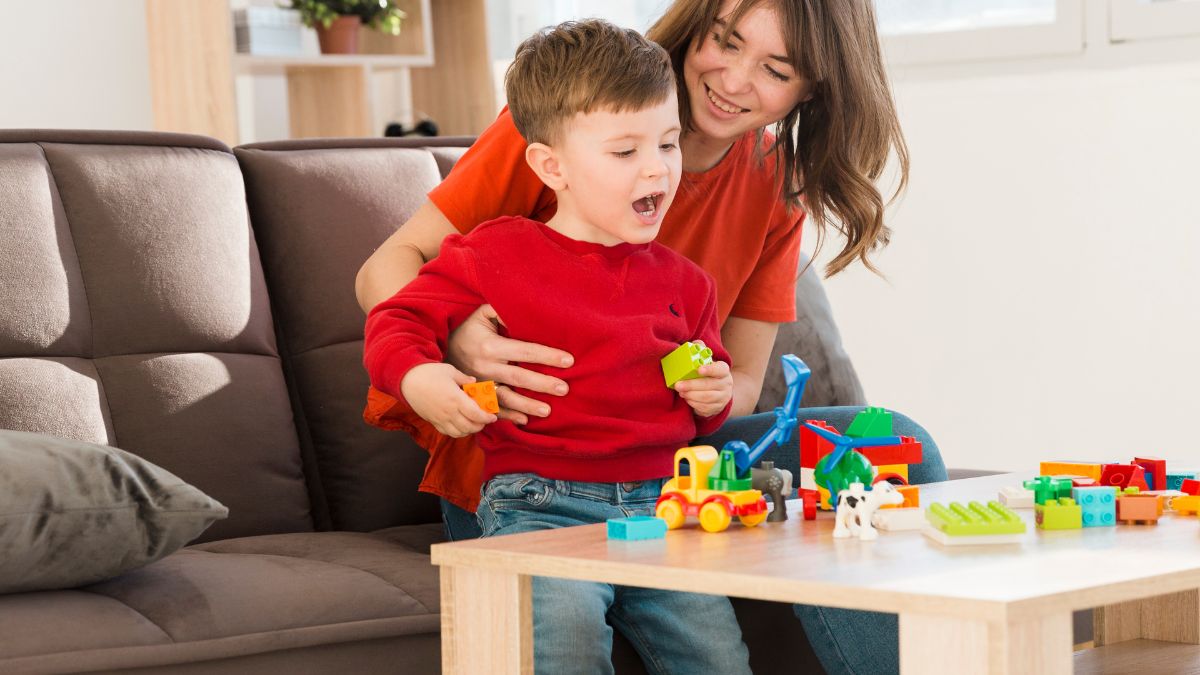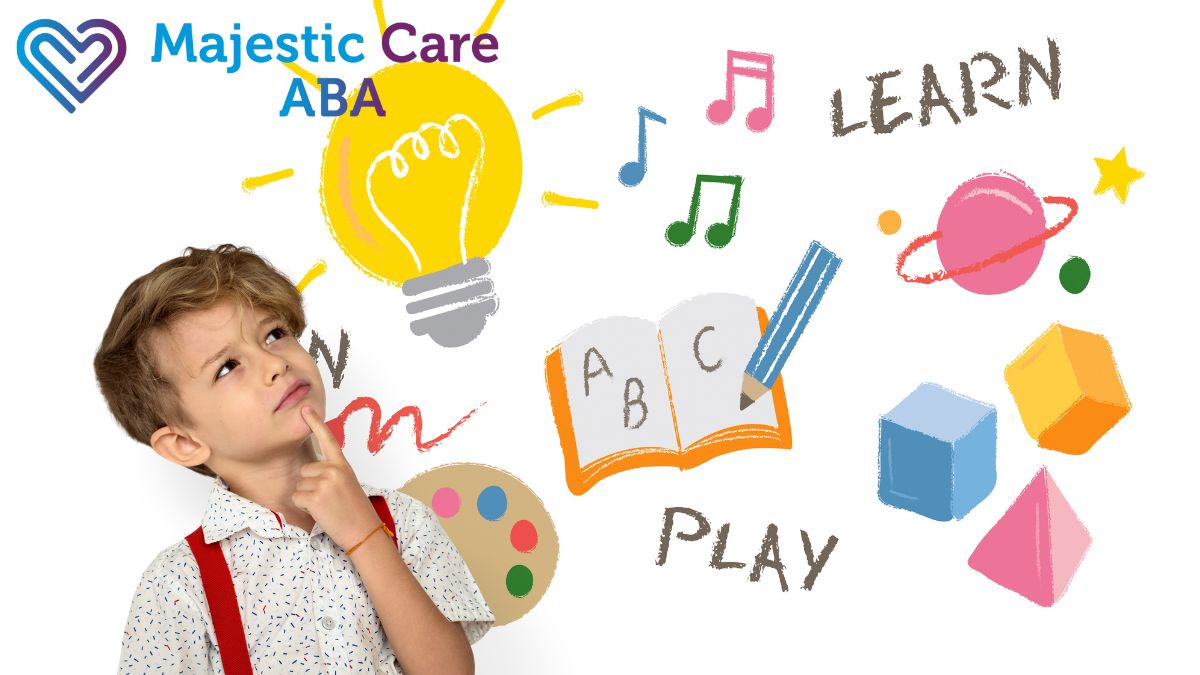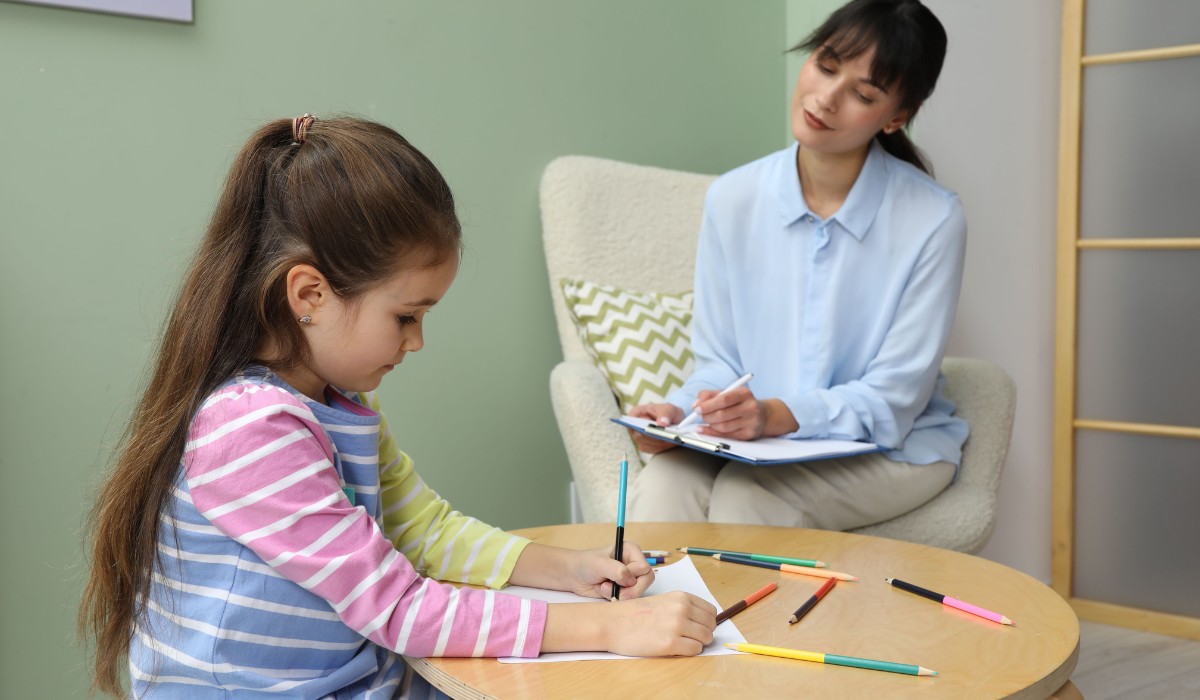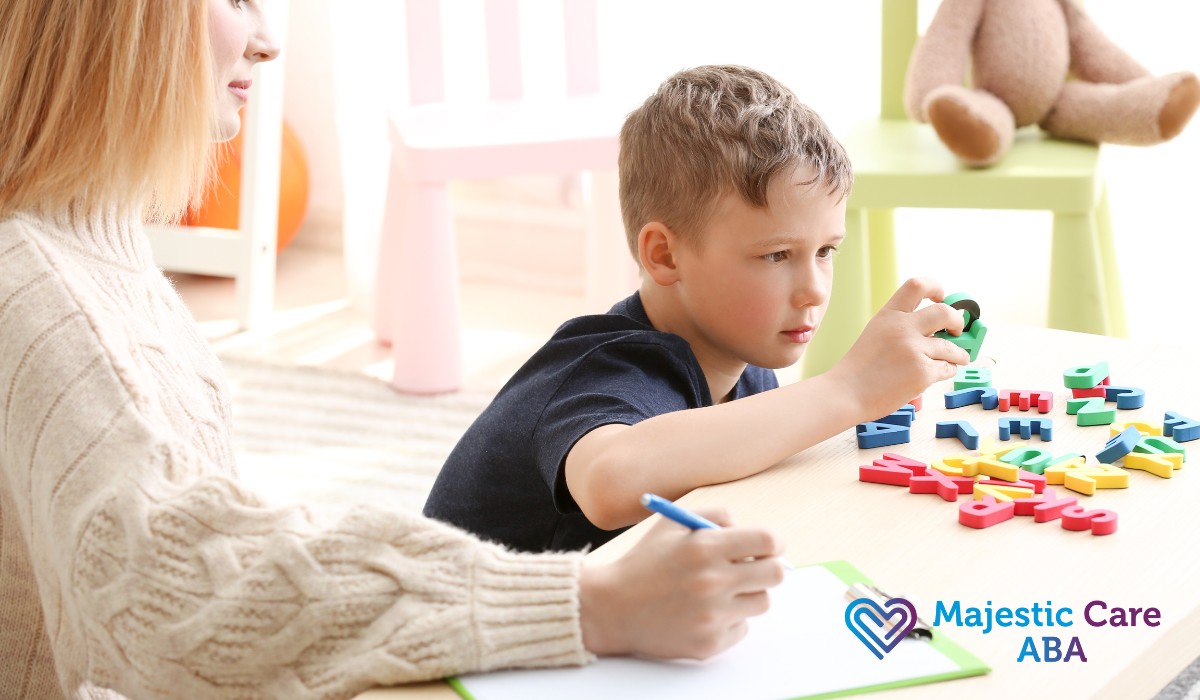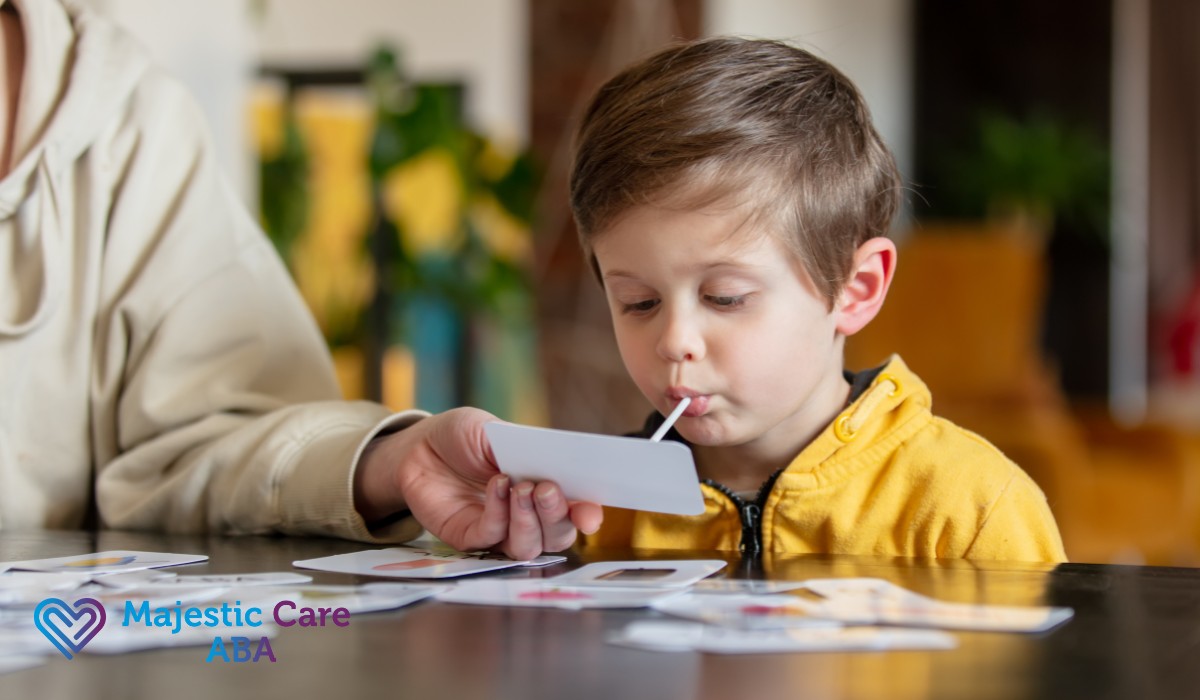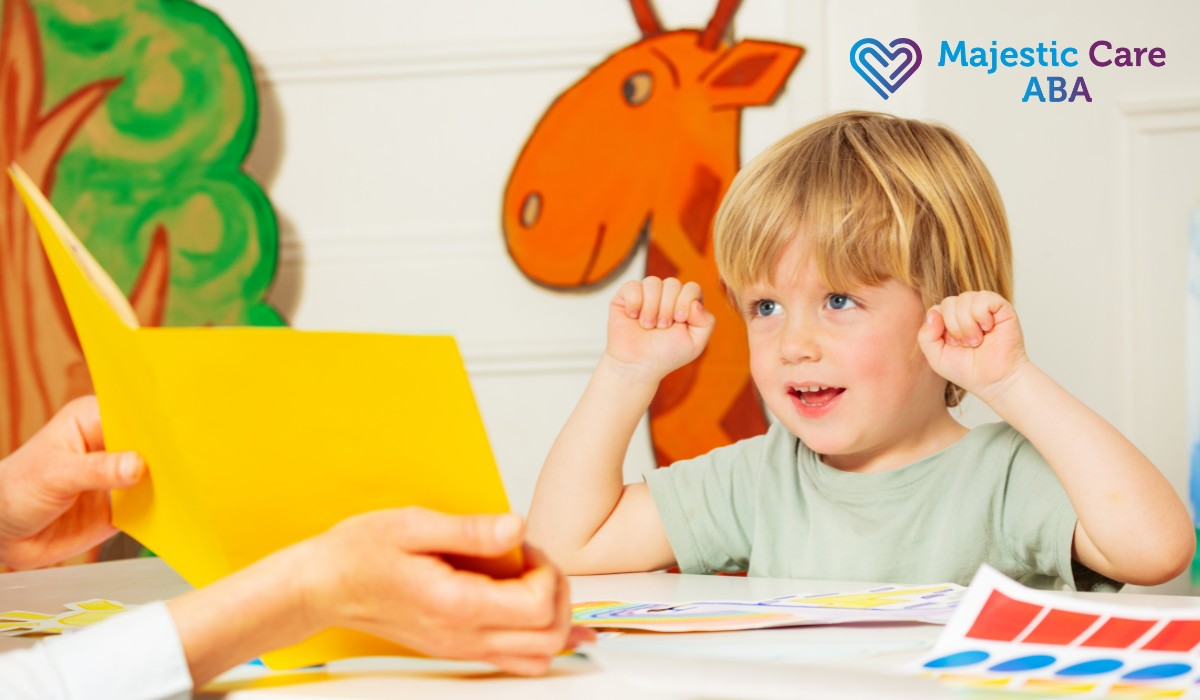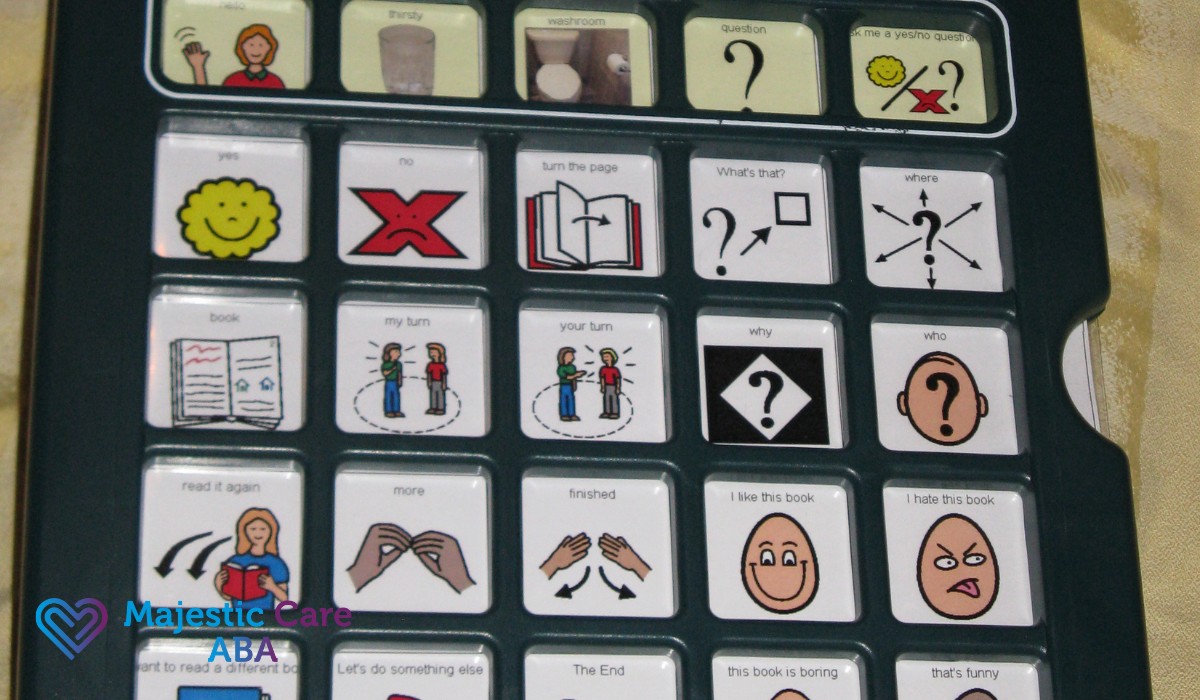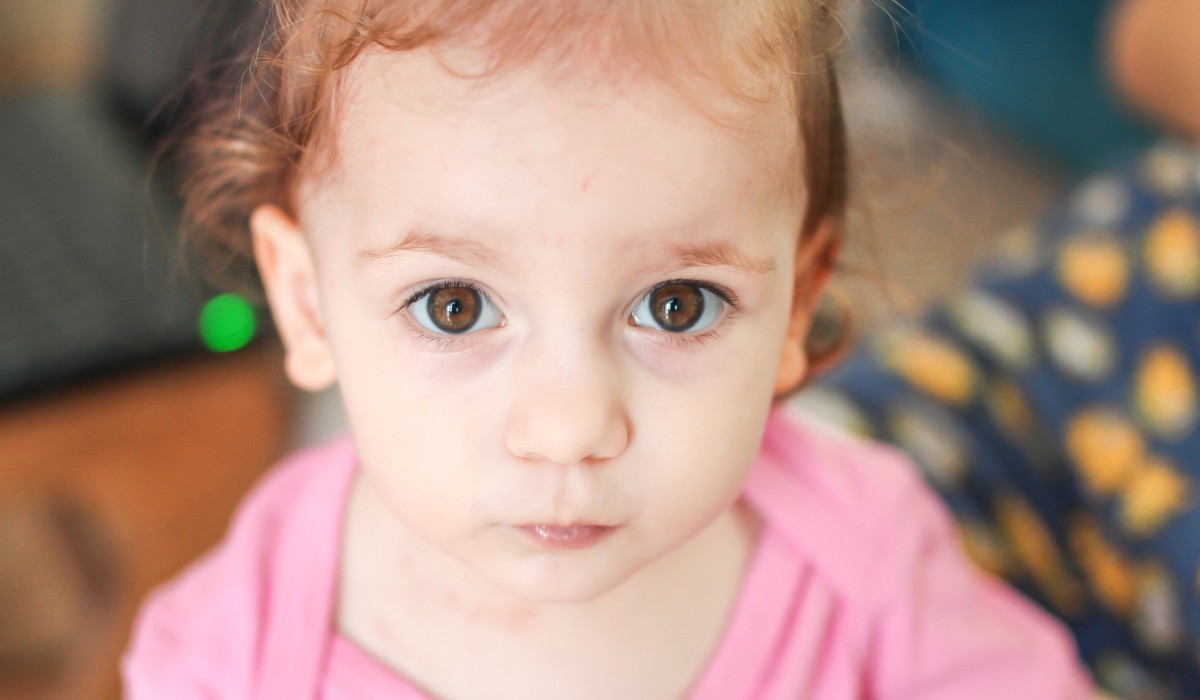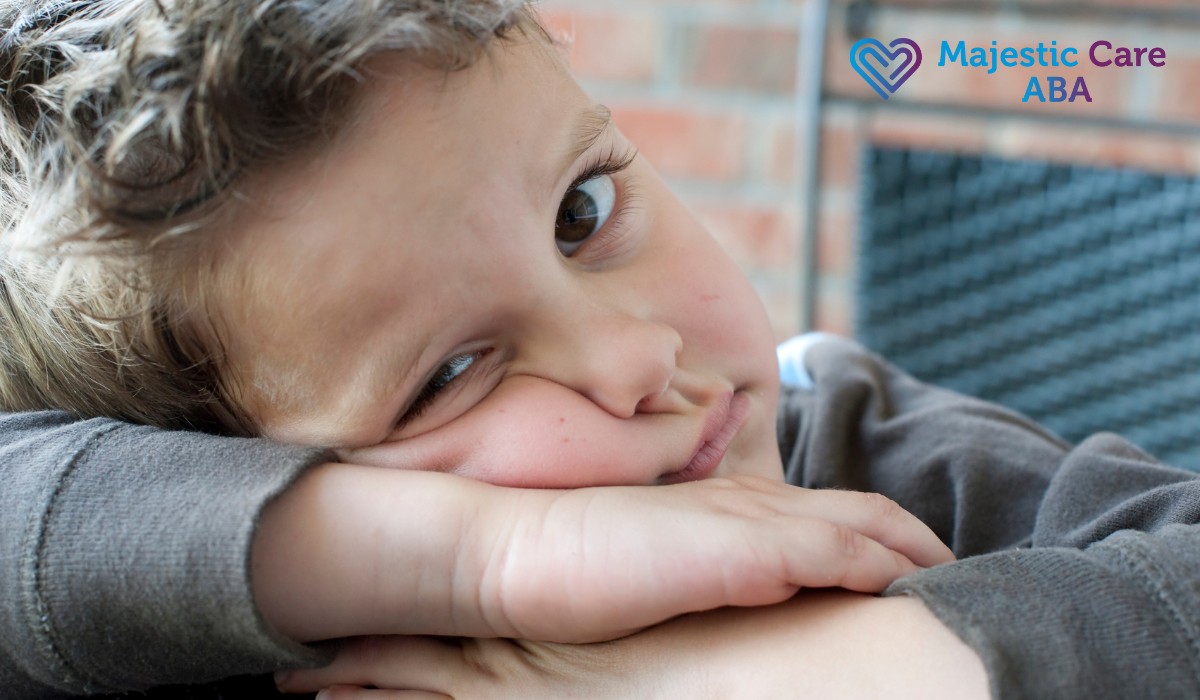When a child is diagnosed with Autism Spectrum Disorder (ASD), parents often struggle to find therapy that truly fits. In-home ABA therapy offers a simple solution by bringing structured Applied Behavior Analysis sessions into the child’s daily environment. This approach adds comfort, lowers stress, and encourages active participation while teaching key life and social skills. It also lets families play a hands-on role in learning. So, what makes in-home ABA effective? How does it help children build skills naturally in a supportive space? Let’s explore the main benefits of this personalized, family-friendly approach.
Home-Based Autism Therapy
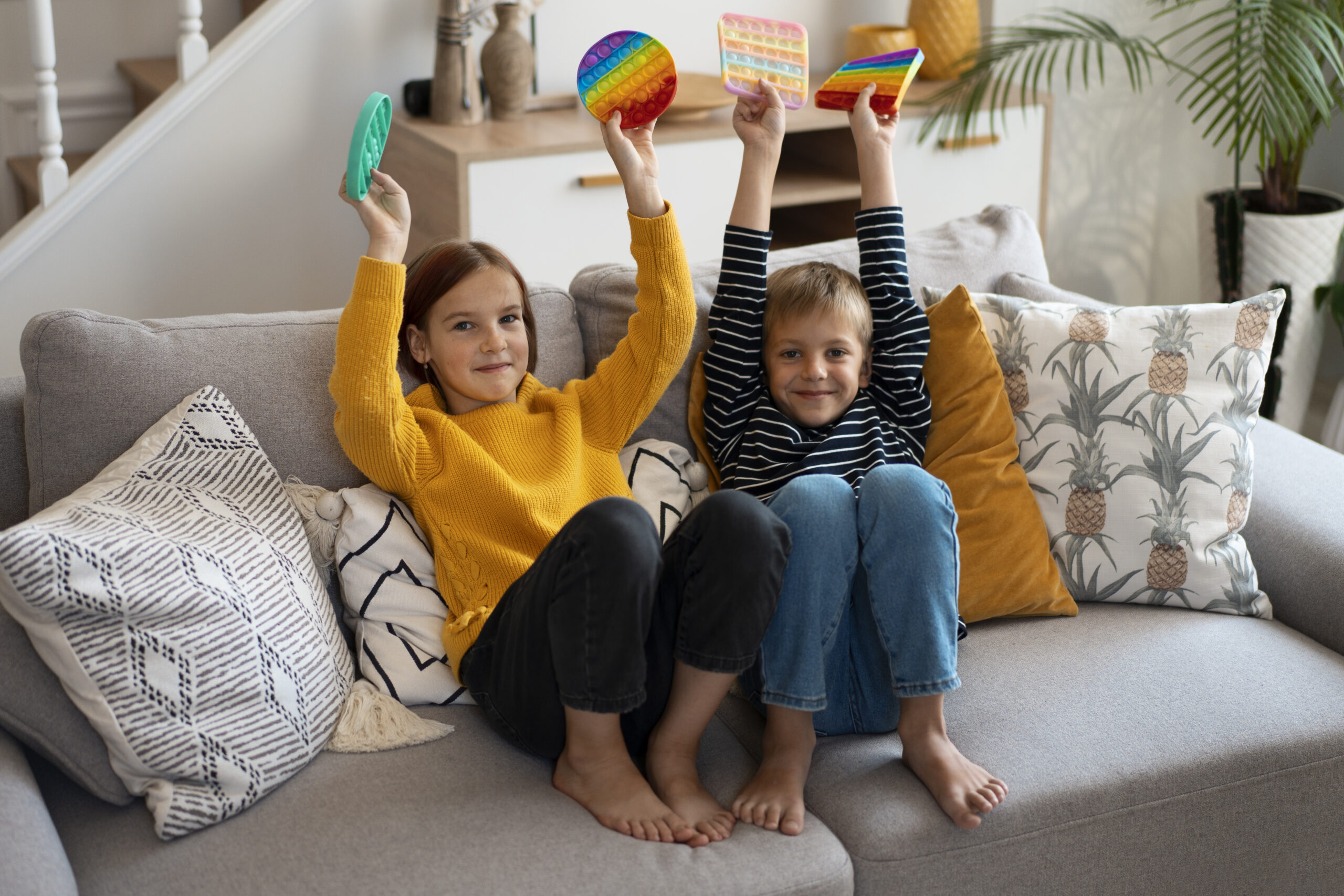
Creating a Safe and Supportive Home Environment
A well-structured home environment plays a critical role in ABA therapy at home. According to Dixon et al. (2022), children receiving therapy in familiar settings demonstrate greater engagement and skill acquisition compared to clinic-based sessions. Simple environmental modifications, like reducing noise, decluttering, and using soft lighting, can make sessions more comfortable.
Visual Supports and Schedules
Children often respond well to predictability. Visual schedules, picture cues, and social stories help set clear expectations. When routines are consistent, children feel secure, reducing anxiety during transitions. For example, a visual schedule indicating snack time or playtime allows children to anticipate the next activity, fostering smoother participation.
Tailored Sensory Considerations
Children with ASD may have sensory sensitivities. In-home ABA therapy allows therapists to adjust the environment to the child’s needs, whether that involves lowering lighting, providing headphones, or including calming textures. This personalized approach encourages engagement by minimizing stressors and supporting better focus on learning tasks.
Table: Environmental Adjustments for Home-Based ABA
| Strategy | Purpose | Example |
| Decluttered Space | Reduce distractions | Clear floor area for activities |
| Sensory-Friendly Lighting | Minimize overstimulation | Soft lamp instead of harsh overhead light |
| Visual Cues | Promote routine & understanding | Picture schedule for daily tasks |
| Accessible Materials | Encourage independence | Labeled bins for toys and tools |
Autism Therapy for Kids
Personalized, One-on-One Instruction
The cornerstone of home-based ABA therapy is individualized attention. Therapists work one-on-one with the child, using everyday routines and household items to teach social, communication, and daily living skills. Choi et al. (2021) highlight that individualized interventions tailored to the child’s environment lead to improved skill acquisition and behavior management.
Natural Teaching Opportunities
Home settings provide countless chances to integrate therapy into daily life. Mealtimes can teach requesting and turn-taking. Brushing teeth or dressing can reinforce sequencing and independence. These “real-world” applications help children generalize skills beyond therapy sessions, making learning meaningful.
Family-Centered Participation
Parents are actively involved in in-home sessions, observing and learning reinforcement techniques. Therapists coach families on strategies to use throughout the day, such as prompting communication or encouraging sharing. This involvement strengthens skill retention and ensures consistency across settings.
Flexibility and Routine Integration
In-home ABA allows therapy to fit seamlessly into family schedules. Sessions can be timed during high-need periods, like mornings or bedtimes, maximizing practical skill practice. This flexible approach helps children see therapy as part of their natural routine rather than a separate, stressful event.
Autism Support Services
Reducing Stress and Sensory Overload
Many children experience heightened anxiety in unfamiliar environments. In-home ABA therapy reduces stress by keeping sessions in a predictable setting. Therapists can quickly recognize and respond to signs of overwhelm, adjusting activities to maintain comfort. The calming environment encourages participation, enhancing therapy outcomes.
Data-Driven Progress Tracking
Home-based therapy facilitates continuous observation and data collection. Therapists can track behaviors, measure skill acquisition, and adjust plans in real time. According to Dixon et al. (2022), this tailored approach results in measurable gains in adaptive behaviors and supports long-term development.
Holistic Skill Development
In-home ABA is not limited to academic or social skills. Children learn practical life skills, like cleaning up toys, preparing snacks, or interacting with siblings, directly in their environment. These lessons reinforce independence and daily functioning, making therapy both functional and comprehensive.
Collaboration and Communication
Therapists work closely with parents, creating open channels for questions, feedback, and adjustments. This partnership ensures strategies are aligned with the child’s daily experiences, providing continuity between therapy and everyday life.
Table: Key ABA Therapy Benefits at Home

| Benefit | Description | Example |
| Comfort | Familiar environment reduces stress | Therapy in the child’s bedroom or living room |
| Engagement | Sensory-friendly adjustments improve focus | Soft lighting, minimal noise |
| Practical Learning | Real-life tasks teach functional skills | Snack-time communication practice |
| Family Involvement | Parents reinforce skills throughout the day | Parent-led practice of learned behaviors |
| Flexibility | Therapy aligns with family schedule | Morning or evening sessions as needed |
What to Look for in an In-Home ABA Therapy Provider
Choosing the right in-home ABA therapy provider can make a big difference in your child’s growth and your family’s daily life. Here are key things to consider:
- Convenience and Scheduling – Look for providers who offer therapy at home. This reduces travel stress and allows sessions to fit naturally into your family’s routine.
- Real-Life Skill Practice – The best providers teach skills in the settings where children actually need them. This helps children apply learning immediately to daily life.
- Parental Involvement – Providers should welcome parents as partners. Being part of sessions allows you to reinforce skills and see progress firsthand.
- Evidence of Progress – Choose a provider who tracks small, meaningful improvements. Steady gains in communication, social skills, and daily routines show therapy is working.
- Professional Oversight – Qualified BCBAs should supervise therapy and create individualized plans. Look for realistic, practical goals tailored to your child’s strengths and needs.
- Parent Coaching – A good provider teaches strategies for home use. Consistent practice outside sessions helps children maintain and generalize skills.
- Experienced, Compassionate Staff – Staff should understand autism, use patient methods, and make learning fun. Positive experiences help children stay engaged.
- Local and Accessible Services – Ensure the provider serves your area. Accessibility avoids logistical challenges and makes consistent therapy possible.
Choosing the right provider can make in-home ABA therapy effective, supportive, and empowering for both children and families.
Frequently Asked Questions
Will my home turn into a full-time clinic? How much space is actually needed?
Not at all. In-home ABA fits smoothly into your daily life. Therapists use your living room, kitchen, or even your garden for natural learning moments. Usually, only a small, tidy area is needed for focused activities. You don’t need a dedicated “clinic room” to see real progress.
Is in-home ABA therapy covered by insurance? How can I check?
Most of the time, yes. ABA therapy is often considered medically necessary for Autism Spectrum Disorder (ASD) and covered by major insurance plans. To be sure, contact your insurance company and ask about coverage for “Applied Behavior Analysis” or “Home-Based ABA Services.” Many providers can also help verify benefits.
Can my child’s therapist coordinate with school or other therapists?
Absolutely. One big advantage of in-home care is coordination. Your BCBA (Board Certified Behavior Analyst) can communicate with teachers, occupational therapists, and speech-language pathologists. This keeps learning consistent at home, at school, and in the community.
How does in-home therapy prepare my child for activities outside the home?
In-home sessions often include community-based instruction, like short trips to the park or doctor’s office. The goal is to practice skills in new places. Children may learn to wait patiently, follow directions, or manage sensory input in a structured, safe way.
What support is available for parents managing stress while raising a child with ASD?
Parental support is key. Providers offer coaching on ABA techniques and direct parent training. Resources may include tips for handling challenging behaviors, setting realistic goals, and connecting with local support groups or community services.
Personalized Support That Truly Helps
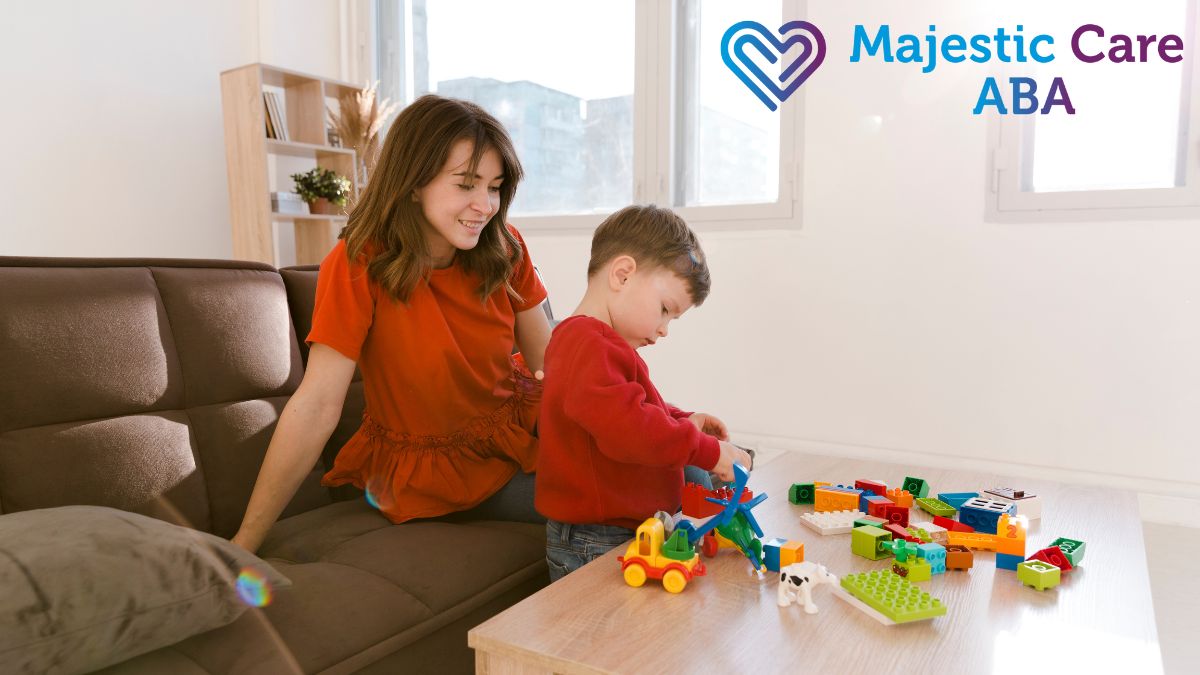
In-home ABA therapy gives children with autism a flexible, evidence-based approach that fits daily life. By bringing therapy into a familiar setting, Majestic Care ABA reduces stress, boosts engagement, and supports skill learning in real-world situations. Parents take an active role, reinforcing lessons while therapists tailor sessions to each child’s needs and interests. Research shows in-home ABA can improve daily skills, social interactions, and independence.
Families across Colorado find that Majestic Care ABA blends comfort, routine, and flexibility, helping children feel safe while making steady progress. If you want to see how in-home ABA could help your child, reach out today. Our team is ready to guide you, answer questions, and create a plan that fits your family. With the right support, children can grow confidently and build skills that make everyday life easier.

